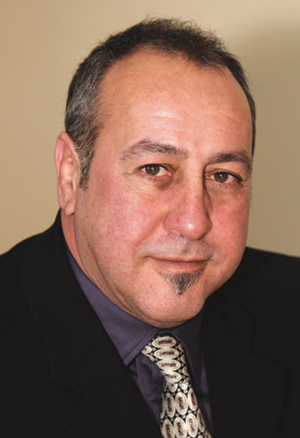That was quick. In just 10 days, the newly elected government of Premier Kathleen Wynne outlined its agenda in the throne speech, passed the budget, and then packed up and left the legislature until Oct. 20.

In addition to the budget, the government also used its majority muscle to pass Bill 26, the Taxation Amendment Act. It went through first, second, and third readings and received royal assent all on the same day.
It creates two additional tax brackets as part of the budget plan to squeeze more money from higher-income earners. It’s also a foreshadowing of more tax hikes to come.
The upshot, as accounting firm PWC points out, is that for those making between $220,000 and $514,000 a year, the tax rate increases to 13.16 per cent from 11.6 per cent on income earned within that range. For those making between $150,000 and $220,000, the rate will be 12.16 per cent on income within that range.
But here’s the sting: PWC concludes that after factoring for Ontario’s 56-per-cent surtax, the actual increases this year are 3.12 per cent for those earning between $220,000 and $514,000 a year (rather than the less than two per cent it appears to be) and 1.56 per cent for those making between $150,000 and $220,000.
What does that mean? PWC estimates that if your taxable income is up to $200,000 a year, you’ll pay an extra $780 in Ontario tax. At $400,000 of taxable income, you’ll pay another $6,708. And from $600,000 to $1 million, you’ll pay an extra $10,268 in income tax. Of course, that’s on top of the federal taxes.
I think both WestJet and Air Canada have seat sales coming up for those thinking of moving to Alberta where there are jobs for the whole family and a more forgiving tax regime. You might even bump into Jack Mintz, who holds the Palmer chair at the University of Calgary’s school of public policy and is an eminent tax expert and commentator.
Mintz opined recently in the
National Post that Ontario’s future is looking darker by the minute and that our current plan would see a return to the Bob Rae NDP years in office of high deficits, debt, and taxes.
The irony, as Mintz remarks, is that in 1991 Rae started from a stronger financial position and tried to spend his way out of the recession and failed.
“By the time Rae was turfed from office, Ontario’s net debt climbed to 30 per cent of GDP,” wrote Mintz.
“Ontario hiked taxes with the provincial marginal tax rate on personal income climbing to almost 22 per cent.”
Under Wynne, the debt-to-GDP ratio is on course to rise to 40.3 per cent while debt charges will account for 8.4 per cent of total spending.
This is just the beginning. By making a political point about high-income earners paying more, the government is opening the door to spreading the pain.
Livio Di Matteo, a professor of economics at Lakehead University, has also been sounding the alarm on Ontario’s finances for many years.
“Ontario is only able to sustain its large appetite for public debt because of historically low interest rates,” he wrote in
The Globe and Mail last spring.
“When they rise, growing debt service costs will crowd out other government spending.”
Ontario is in for a shock and sooner than we think. Either this government will start to seriously cut spending, which seems unlikely, or it will continue to raise taxes, which seems ever more likely.
While those high-income earners may have to cut back on cigars and fine wines for a week or two, the real impact is going to be in fewer jobs and proportionately bigger tax hikes for the middle class.
I bet those seats on the plane to Alberta are filling up fast.
Ian Harvey has been a journalist for 35 years writing about a diverse range of issues including legal and political affairs. His e-mail address is [email protected].

 In addition to the budget, the government also used its majority muscle to pass Bill 26, the Taxation Amendment Act. It went through first, second, and third readings and received royal assent all on the same day.
In addition to the budget, the government also used its majority muscle to pass Bill 26, the Taxation Amendment Act. It went through first, second, and third readings and received royal assent all on the same day.